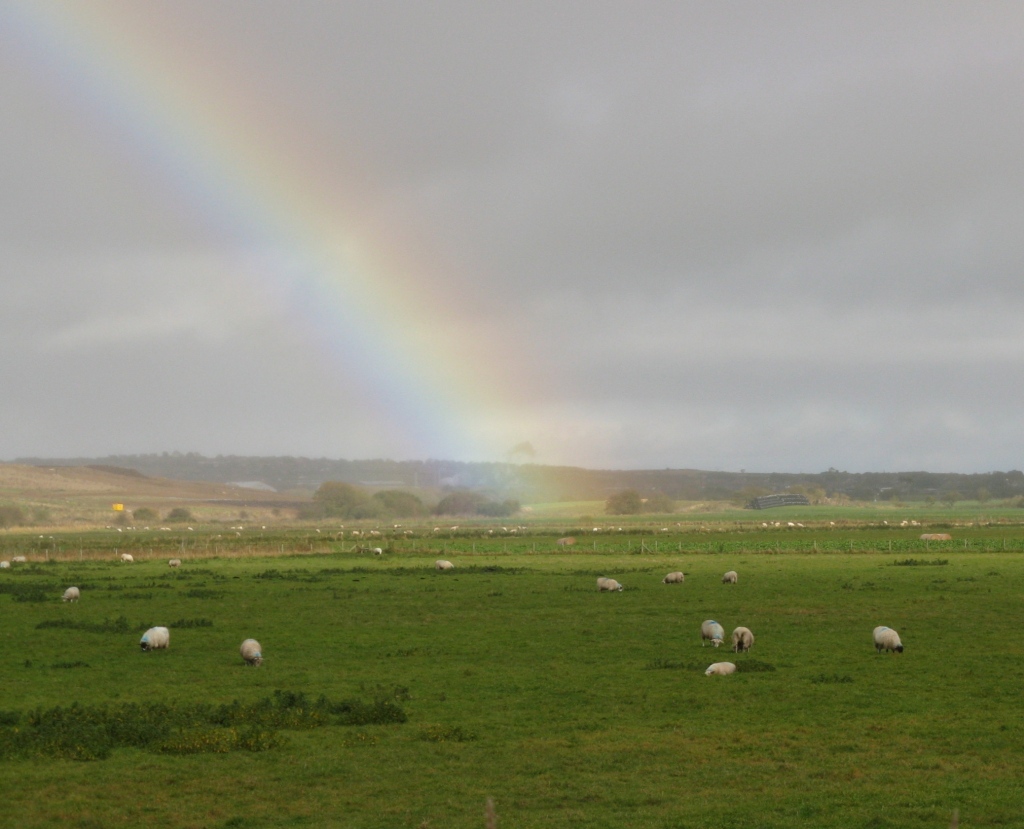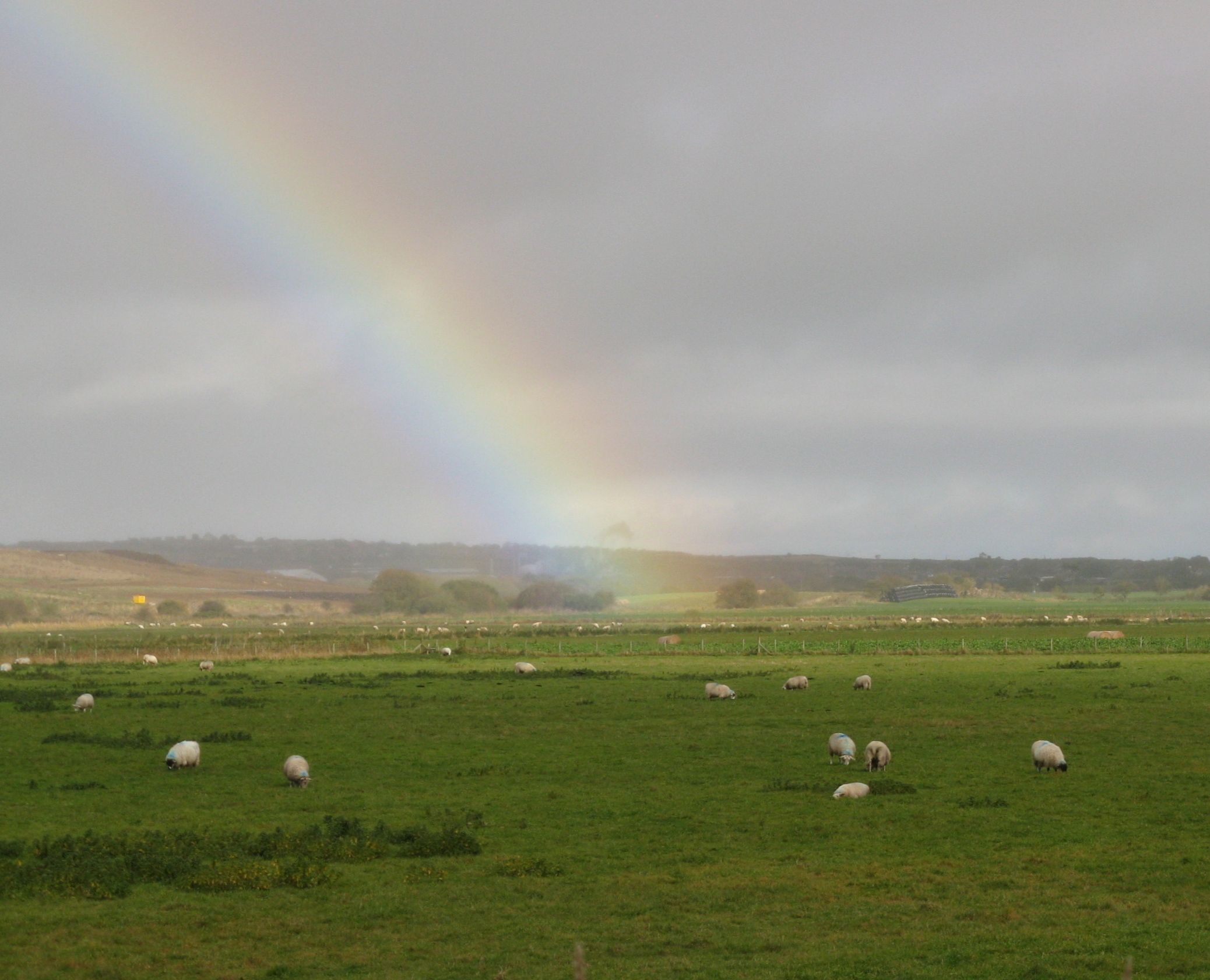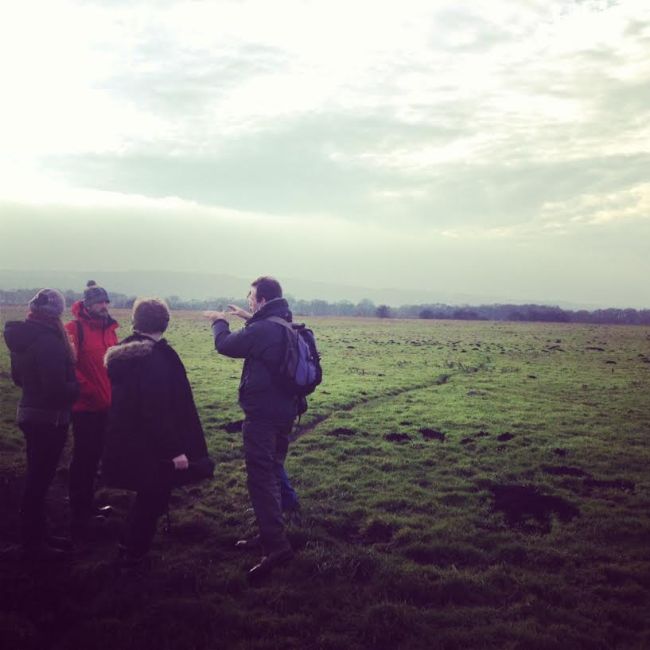I happened upon a fantastic article on Star Carr from the magazine ‘Current Archaeology’. This was a chance online discovery but I was glad to find it. The piece is a marvellous synthesis of all that we currently know about the Mesolithic site of Star Carr near Scarborough.

The piece, entitled ‘Life beside the lake – Opening a window on the Mesolithic at Star Carr’, is based on a research monograph published by the Star Carr team. The article is fascinating and wonderful to read, albeit a long read, but worth it.
I’ve been privileged to meet some of the archaeologists who have unravelled these insights and to have watched them at work on the digs on the farmland that was Lake Flixton, around 11,000yrs ago. Star Carr will forever have a special place in my heart.

I urge you to set aside half an hour to read the full piece – or at least look at the images. It is a great article for those of us for whom a full two-volume academic monograph is too weighty to digest.
To whet your appetite I’ve taken the liberty of choosing some juicy extracts. Enjoy:
Herein lies the paradox of Star Carr: it is at once an invaluable source of evidence about Mesolithic living, opening a vivid window onto a world that is not well represented in British archaeology, and an enigmatic anomaly.
The discovery of possible houses is exciting not only because of their rarity, but because they provide a welcome reminder of the importance of wood to Mesolithic communities. This material rarely survives on Mesolithic sites, but the presence of structures and the great timber platforms highlight how skilled Star Carr’s occupants were at using it.
Another deceptively mundane material from the site that sheds interesting light on Mesolithic life is the humble bracket fungus. This species is also known as ‘tinder fungus’ because of its usefulness for starting fires…… Star Carr can now boast the largest-known assemblage of charred fungus from Mesolithic Britain.
…one of the most unusual items from Star Carr is a small shale pendant etched with a series of parallel lines and smaller markings drawn at right angles…experimental archaeology suggests that when freshly cut they would have been vibrantly white against the darker background, and similar artefacts are known from southern Scandinavia. Possible interpretations of the markings are numerous…
Hilts, Carly, 2019, Life beside the lake, Current Archaeology 349
I hope you find the article as enlightening as I did. This site has in many ways been an enigma since its disovery in the forties, re-interpreted many times and the academic debate will surely continue. I doubt that Star Carr has given up all of its secrets yet, but it has offered a remarkable picture of life by a wetland 11,000 years ago.
Further reading
Nicky Milner, Chantal Conneller, and Barry Taylor (eds), Star Carr: Vol.1 – A Persistent Place in a Changing World and Vol.2 – Studies in Technology, Subsistence and Environment, White rose University Press, ISBN 978-1912482009.
e-versions of both volumes can be downloaded for free:
https://universitypress.whiterose.ac.uk/ site/books/10.22599/book1/
https:// universitypress.whiterose.ac.uk/site/ books/10.22599/book2/
For more on the Star Carr archaeology project, see www.starcarr.com.
The link to the Current Archaeology article https://archaeology.co.uk/articles/features/life-beside-the-lake.htm






 Meet the Star Carr Project Team and Tim Burkinshaw of the Carrs Wetland Project
Meet the Star Carr Project Team and Tim Burkinshaw of the Carrs Wetland Project Experience the “Mesolithic soundscape” where you can sit in the middle of a circle of speakers and immerse yourself in reconstructed Mesolithic sounds – wild animals, flint knapping, boating across the lake
Experience the “Mesolithic soundscape” where you can sit in the middle of a circle of speakers and immerse yourself in reconstructed Mesolithic sounds – wild animals, flint knapping, boating across the lake